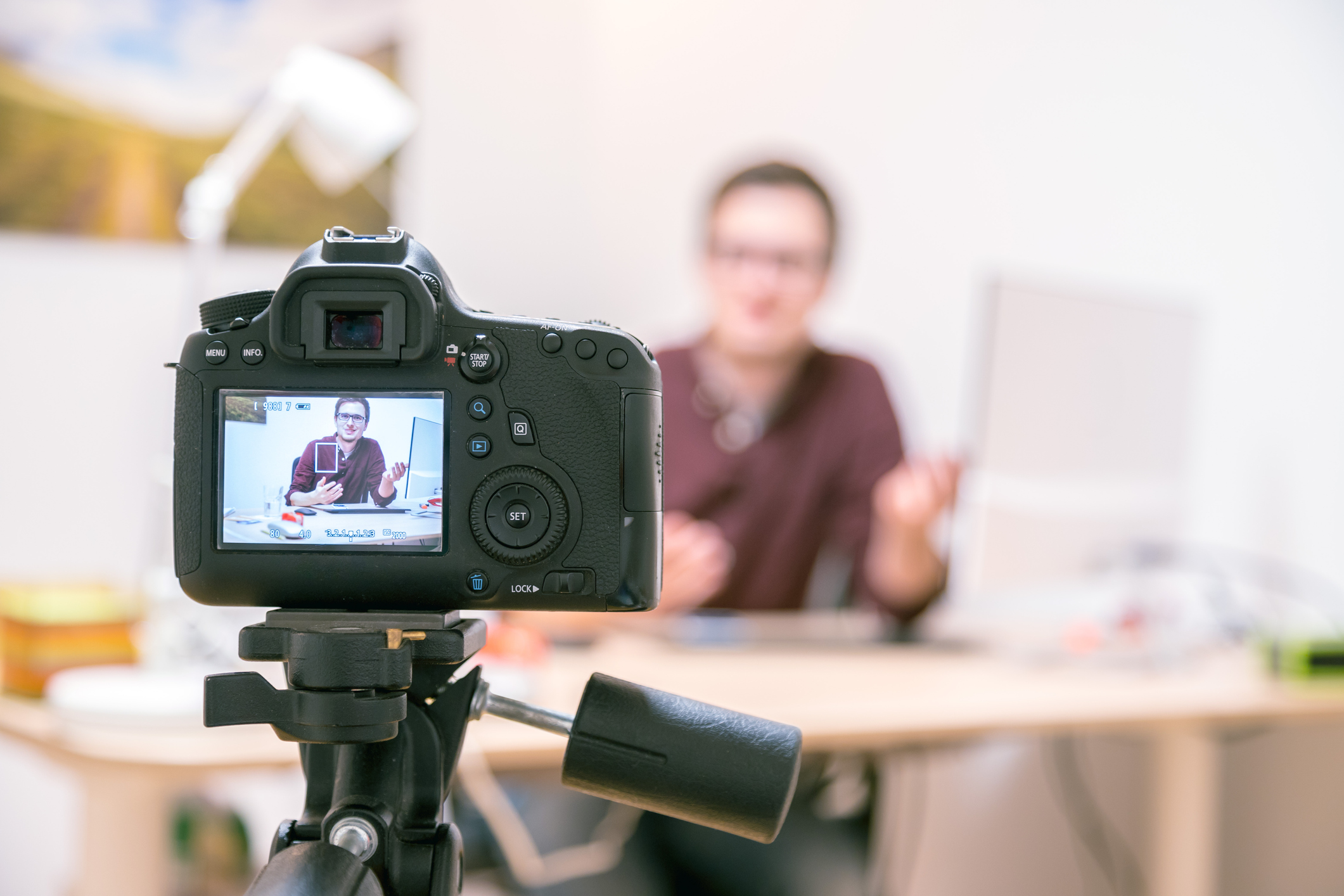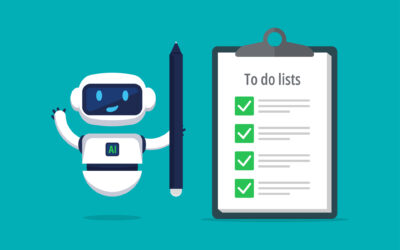Video marketing is more popular than ever, and it shows no signs of slowing down. While the types of videos your agency posts might change, it’s clear that consumers connect with this type of content.
However, when you’re building a video marketing campaign, it’s essential to keep everyone in mind. Not every person from your target audience has the same abilities. If you haven’t thought about accessibility in your campaigns before, now is the time to start. When you ensure your campaign works for all people rather than excluding—purposefully or not—certain groups, you’ll experience greater audience growth.
It’s essential to create video marketing campaigns that are accessible to neurodivergent people. Fifteen to 20% of the world’s population is neurodiverse, which means they display characteristics of autistic or other neurologically atypical patterns of thought or behavior—and videos that are overstimulating can cause members of this important audience to turn away.
So, what can you do to improve the accessibility of your video marketing campaigns? How can you ensure your content is for your entire audience and encourage interaction, engagement, and more traffic?
Why accessibility is important
The biggest benefit of accessibility is that it opens your campaign to everyone. Your audience will grow exponentially as more people realize and hear about the efforts you are putting in place to boost accessible content.
Even if you have a niche audience, accessibility should be a priority. You likely already understand the benefits of targeted marketing, especially if you have a product meant for a certain audience. But, opening your audience up a bit more to those with accessibility issues will give your agency the opportunity to grow. It removes any roadblocks that could prevent certain people from watching your videos, making purchases, or remaining loyal to your brand.
Perhaps even more importantly, accessibility in video marketing shows your audience who you are and the values you hold. It expresses that you care about their experience and want to create equality for everyone as often as possible. The additional benefits of making video content more accessible include:
- better search engine optimization;
- increased reach;
- better user experience;
- stronger engagement.
Whether you already have a video marketing strategy in place or you’re starting a new campaign, be smart with your decisions and focus on how you can open your content to everyone.
Who is being excluded?
We touched briefly on the importance of creating video content that is accessible to neurodiverse individuals. Neurodivergent people simply think differently than what’s considered the norm. Often, we associate neurodiversity with ADHD or autism, but many people are neurodiverse who don’t have other labels attached to them.
While most neurodivergent people can live perfectly normal lives, it’s not uncommon for them to struggle with overstimulation or face certain challenges that don’t regularly affect most people. Things like flashing animation or GIFs might seem cool and eye-catching, but they can be difficult for neurodiverse people to process. They might end up turning away from the video because it’s too distracting or overstimulating and they can’t pay attention to the information being given.
Autoplaying your videos also can create issues for neurodivergent people. While it might seem convenient, they could distract neurodiverse people from anything else that’s on the page. This is especially problematic if you’re embedding videos into your blog or website where there’s other content to read.
Of course, neurodiversity isn’t the only factor you have to think about when considering accessibility. Focus on how you can improve things for people with vision impairments, hearing loss, or even mobility issues. While you might never be able to get things perfect for everyone, taking positive steps toward accessibility and inclusivity will be greatly appreciated by your audience.
Easy accessibility tips for your next video campaign
So, how can you go about implementing changes to your video marketing campaigns that are accessible to everyone?
No matter your target audience, there are several inexpensive, quick, and effective ways you can improve accessibility and make your video content more readily available for everyone. Some of the best solutions you can implement into your video marketing campaigns right away include:
- video captions;
- transcripts;
- audio descriptions.
Thankfully, putting these things in place is easier than ever. Platforms like TikTok and YouTube already are using automatic speech-to-text features. They create their own captions based on what words are picked up. However, they’re not always completely accurate, which can cause confusion when someone is relying solely on what they’re reading. A good rule of thumb is to create your own captions, so you know they’re accurate. Remember that captions shouldn’t be limited to dialogue. They also should be used to describe any sounds in your videos to create a more immersive experience.
Be inclusive
There’s no denying the popularity and potential influence of video marketing in today’s world. If you choose to ignore accessibility in your video marketing campaigns, you’ll probably still reach a good group of people. However, think of whom you could be excluding in the process. Not only will that affect your business, but it could paint your brand or product in a negative light.
If you haven’t already, consider rebranding your video campaigns to cater to everyone, and don’t be afraid to talk about your accessible efforts, so people know you’re trying to be as inclusive as possible.
Katie Brenneman
Katie Brenneman is a passionate writer specializing in lifestyle, mental health, education, and fitness-related content. When she isn't writing, you can find her with her nose buried in a book or hiking with her dog, Charlie. To connect with Katie, you can follow her on Twitter.






